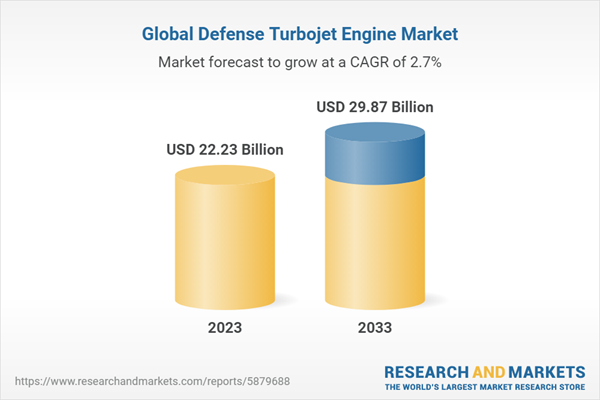Turbojet engines are widely used in fighter jets due to their higher power and ability to operate at higher speeds. These military turbojet engines are designed to function in a wider range of conditions, including high altitudes, hot temperatures, and dusty environments. They are also equipped with features like afterburners and thrust vectoring to enhance their performance.Defense Turbojet Engines Are Critical Components in Modern Military Aviation, Providing High-Speed Flight, Maneuverability, and Tactical Advantages to Military Aircraft
There are two main types of military turbojet engines: axial-flow and centrifugal-flow engines. Axial-flow engines are more common and have a compressor with multiple stages, allowing air to flow through the engine in a straight line. Centrifugal-flow engines, on the other hand, have a compressor with a single stage, causing the air to flow in a circular motion. The choice between the two depends on the aircraft's size, weight, and performance requirements.
As the demands of military operations change, the development of new military turbojet engines is an ongoing process. Engine manufacturers continually work to create new technologies that can improve the performance and reliability of these engines for military aircraft.
Afterburners are sometimes added to turbojet engines to increase thrust. These small rocket engines burn additional fuel and air from the exhaust, generating a significant amount of thrust. Afterburners are particularly useful during takeoff and high-speed flight in fighter jets, boosting their speed and maneuverability during combat.
Thrust vectoring is another feature occasionally added to turbojet engines for improved performance. This allows the aircraft to control the direction of the thrust, enhancing maneuverability. Vanes mounted on the exhaust can be rotated to direct the thrust in different directions, allowing fighter jets to perform high-g turns and other evasive maneuvers effectively.
Several factors drive the growth of the Defense Turbojet Engines Market, including the increasing demand for fighter jets, the need for more powerful and efficient engines, and the focus on developing new technologies for military turbojet engines. A notable trend in the aerospace industry is 3D printing, which is being utilized in the production of various components, such as fuel nozzles, turbine blades, and combustion chambers, for military turbojet engines. The ability to create custom components with 3D printing offers advantages in optimizing designs for specific aircraft needs.
The military turbojet engines market is expected to continue growing due to the rising demand for fighter jets and the pursuit of advanced engine technologies. Recent developments include Turkey's HURJET project, where the first Hürjet prototype successfully completed its ground tests after integrating the F404-GE-102 turbofan engine from General Electric. While domestic engine research is ongoing, the GE F404 Turbojet Engine has been chosen for the Hürjet prototype, indicating its competitiveness and performance capabilities.
Table of Contents
Table Information
| Report Attribute | Details |
|---|---|
| No. of Pages | 150 |
| Published | September 2023 |
| Forecast Period | 2023 - 2033 |
| Estimated Market Value ( USD | $ 22.23 Billion |
| Forecasted Market Value ( USD | $ 29.87 Billion |
| Compound Annual Growth Rate | 2.7% |
| Regions Covered | Global |









